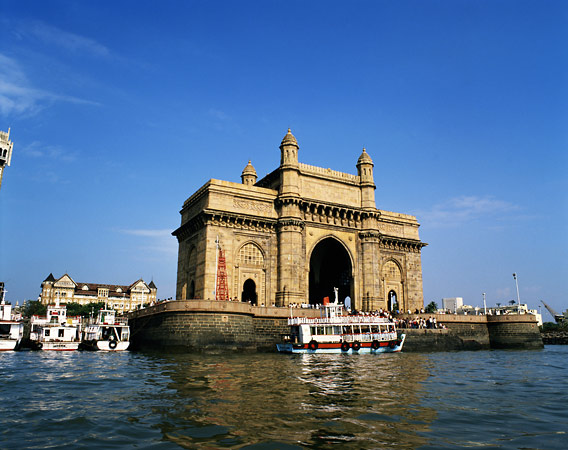ABOUT MUMBAI

ABOUT MUMBAI
MUMBAI the city of education
Mumbai (formerly called Bombay) is a densely populated city on India’s west coast. It is the country’s financial and commercial center, and its principal port on the Arabian Sea. Located on Maharashtra’s coast, Mumbai is India’s most-populous city, and it is one of the largest and most densely populated urban areas in the world. It was built on a site of ancient settlement, and it took its name from the local goddess Mumba—a form of Parvati, the consort of Shiva, one of the principal deities of Hinduism—whose temple once stood in what is now the southeastern section of the city. It became known as Bombay during the British colonial period, the name possibly an Anglicized corruption of Mumbai or perhaps of Bom Baim (“Good Harbour”), supposedly a Portuguese name for the locale. The name Mumbai was restored officially in 1995, although name Bombay still commonly used.
Mumbai, for long the centre of India’s cotton textile industry, which subsequently developed a highly diversified manufacturing sector that also included an increasingly important information technology (IT) component. In addition, the city’s commercial and financial institutions are strong and vigorous, and Mumbai serves as the country’s most vibrant financial hub.
The city of Mumbai occupies a peninsular site on Bombay Island, a landmass originally composed of seven islets lying off the Konkan coast of western India. Since the 17th century the islets have been joined through drainage and reclamation projects, as well as through the construction of causeways and breakwaters, to form Bombay Island. East of the island are the sheltered waters of Mumbai (Bombay) Harbour. Bombay Island consists of a low-lying plain, about one-fourth of which lies below sea level; the plain is flanked on the east and west by two parallel ridges of low hills. Colaba Point, the headland formed on the extreme south by the longer of those ridges, protects Mumbai Harbour from the high tide of the open sea.

Mumbai - The land of sunrise in education
Mumbai’s literacy rate is much higher than that of the country as a whole. Primary education is free and compulsory; it is the responsibility of the MCGM. Secondary education is provided largely by public schools that are supervised by the state government, as well as by several independently run private schools for students whose families can afford them. There also are public and private polytechnic institutes and institutions offering students a variety of degree and diploma courses in mechanical, electrical, and chemical engineering. The Indian Institute of Technology, operated by the central government, is located in the city. The University of Mumbai, established in 1857, has more than 100 constituent colleges and more than two dozen teaching departments. Several colleges in the state of Goa are affiliated with the university.


